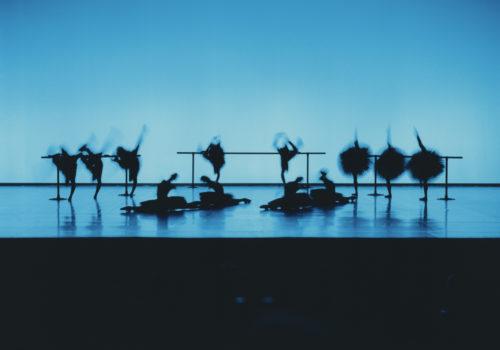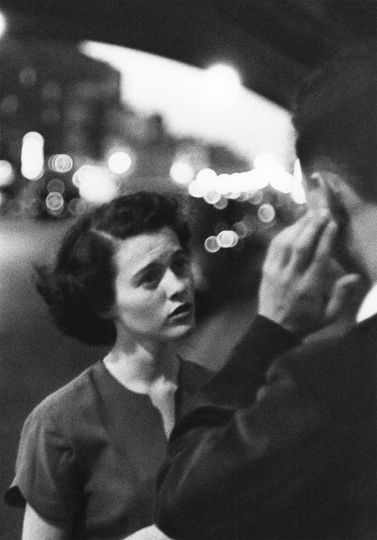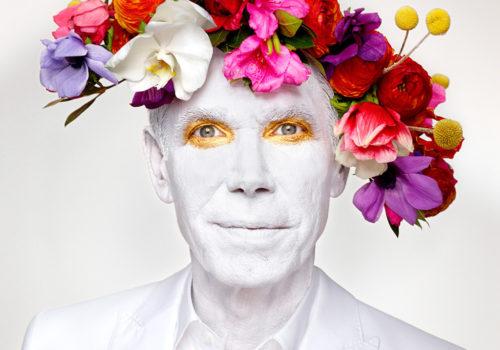For The Eye of Photography, photobooks are as important as an exhibition or a portfolio. They participate in making the history and the actuality of our medium.
Our correspondent Zoé Isle de Beauchaine has a tirelessly curious and informed look at the latest publications.
For his second book, De Marbre, published by Secondes, the French photographer spent three years backstage at the Paris Opera.
De Marbre is above all an art object. From its elegant cover to the beauty of its prints, from the richness of its pages to the subtlety of its selection, every detail has been carefully thought out to create a book that rivals its subject in refinement. The large format of the book draws the reader into the mysterious atmosphere of the Paris Opera House, to the rhythm of a very cinematographic parade of subdued and sometimes elusive images.
Vincent Desailly has captured the details of this majestic place, with the idea of “breaking the material to obtain a pictorial aspect”. After his first book (The Trap, 2020, Hatje Cantz Verlag) marked by a very American documentary writing, he wanted to produce a series that was less anchored in reality: “I started to make photographs more attached to details, images devoid of humans, which is not a usual way of expression for me.” By trying his hand at a more radical practice, the photographer aspires to “show the life of the Opera House.”
Indeed, a vital force springs from the encounter between the raw power of Crystal Pite and Hofesh Shechter’s choreography and the sleekness of the forms designed by Charles Garnier. The movements of the corps de ballet respond to the sinuosities of the architectural lines. The ghostly silhouettes of the dancers echo those of the statues, tutelary figures of this hundred-year-old place. The gilding of the palace is followed by the nervous arabesques of the graffiti and paint stains that cover the walls of the backstage area. The whole book is built on this play of opposition between classic and contemporary, which breathes new energy into this legendary building.
The series closes with an original short story by the novelist Salomé Kiner, whose “brutal and fluid” tone is for Vincent Desailly the perfect counterpart to his own aesthetic. Like him, the author had never entered the Opéra Garnier before this project. Belonging to the same generation and adopting the same codes, they anchor a generation’s view of this mythical and timeless place.
Vincent Dessailly – De Marbre
Les éditions secondes, 2022
80 pages, French and English
Essay by Salomé Kiner
In bookstores and online
https://www.vincent-desailly.com/
Instagram
















